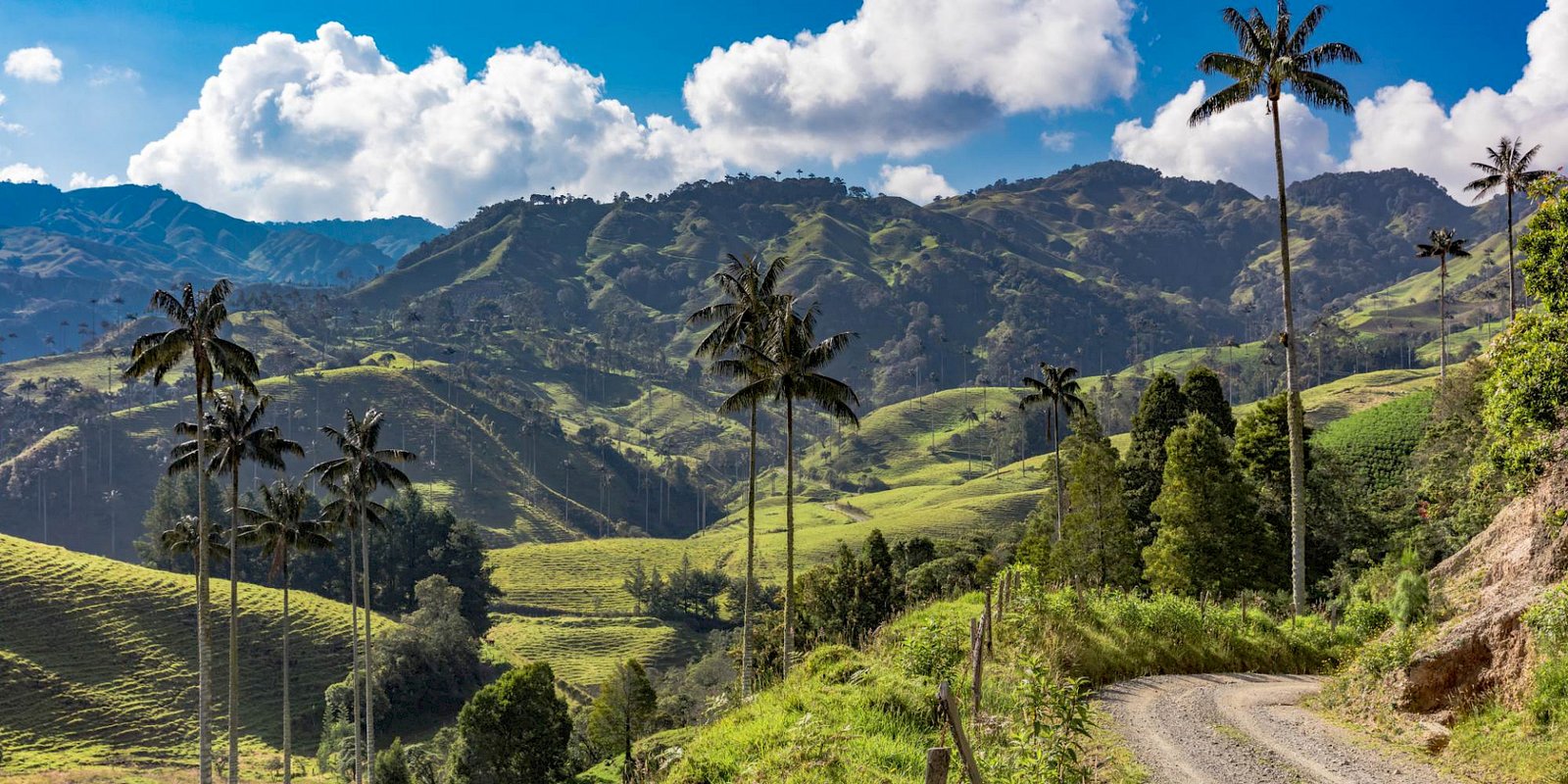A Mosaic of Flavors and Traditions
South America is a veritable coffee paradise, home to some of the world’s most renowned coffee-producing countries. The South American coffee region is a rich tapestry woven with lush landscapes, diverse climates, and a longstanding tradition of cultivating high-quality Arabica coffee. From the Andean heights to the Brazilian plateaus, South America’s coffee regions offer a mosaic of flavors that captivate coffee enthusiasts worldwide.
Colombia: The Land of Arabica Excellence
Colombia, often hailed as a coffee legend, occupies a significant place in the South American coffee landscape. The country’s diverse microclimates, ranging from the high-altitude regions of the Andes to the tropical lowlands, contribute to the distinctive flavor profile of Colombian coffee. Colombian Arabica, known for its bright acidity, medium body, and balanced sweetness, is often characterized by tasting notes that include citrus, caramel, and hints of nuttiness.
The iconic coffee regions of Colombia, such as Huila, Antioquia, and Nariño, have gained global recognition for their commitment to quality and consistency. The Colombian Coffee Growers Federation (FNC) plays a crucial role in promoting sustainable and ethical farming practices, ensuring that Colombian coffee maintains its reputation for excellence.
Brazil stands as the undisputed giant in the world of coffee production. The vast Brazilian plateaus, particularly in states like Minas Gerais and São Paulo, create an expansive coffee belt that spans diverse climates. Brazil is a major producer of both Arabica and Robusta coffee, catering to a broad spectrum of flavor preferences.
Brazilian Arabica, with its moderate acidity and prominent sweetness, often exhibits notes of chocolate, nuts, and tropical fruits. On the other hand, Brazilian Robusta, grown in regions like Espírito Santo, is valued for its bold body and earthy, woody flavors.
Brazil’s coffee industry is marked by innovation and modern farming practices, with an emphasis on large-scale production. The country’s coffee regions showcase the dynamic balance between traditional coffee estates and modern agribusiness, making Brazil a global coffee powerhouse.
Peru: The Emerging Specialty Coffee Gem
Peru, nestled in the heart of the Andes, has been gaining recognition as an emerging star in the specialty coffee scene. The country’s diverse microclimates, including regions like Cajamarca and Amazonas, contribute to the nuanced flavors found in Peruvian coffee. The commitment to organic and sustainable farming practices has positioned Peru as a source of high-quality, environmentally conscious coffee.
Peruvian Arabica is often celebrated for its bright acidity, medium body, and complex flavor profile that can include floral, fruity, and herbal notes. The rise of smallholder farmers and cooperatives has played a crucial role in elevating Peru’s coffee industry and fostering a sense of community around the craft.
Ecuador: From the Highlands to the Lowlands
Ecuador’s coffee regions, ranging from the high-altitude slopes of the Andes to the coastal lowlands, offer diverse flavors. The country’s coffee industry is characterized by its dedication to both Arabica and Robusta cultivation. While Arabica is prevalent in regions like Loja and Zamora-Chinchipe, Robusta is grown in the coastal areas, including the provinces of Guayas and Manabí.
Ecuadorian Arabica is known for its bright acidity, medium body, and flavor profile that can include citrus, floral, and chocolate notes. The country’s commitment to sustainable and shade-grown practices reflects a growing awareness of environmental responsibility within the coffee industry.
The South American coffee region is a testament to the continent’s role as a global coffee leader, shaping the world’s coffee culture with its diverse flavors and rich traditions. From the mountainous landscapes of Colombia to the expansive plateaus of Brazil, each country contributes a unique chapter to the South American coffee story. The dedication to quality, sustainability, and the preservation of cultural heritage positions South American coffee as an enduring and influential force in the global coffee landscape. As the region continues to evolve, it remains a source of inspiration for coffee enthusiasts, a testament to the symbiotic relationship between the land, the people, and the exquisite brew that brings them together.


